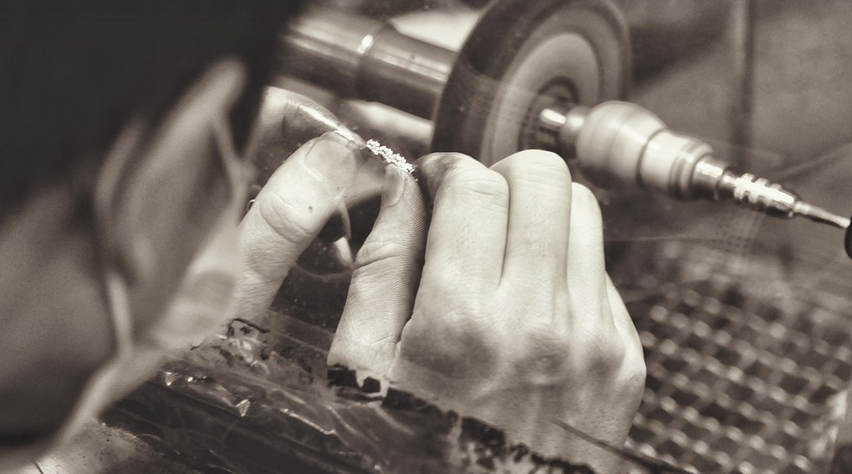The Short Answer: Not always, but it’s important to be cautious
Welding a vehicle can seem like a simple task, especially for DIY enthusiasts who want to work on their cars. But, there’s more to consider than just the metal itself. While welding can undoubtedly alter a vehicle’s shape and structure, it also poses a risk to its delicate electronics. You might be surprised by how much these systems have become integrated into modern vehicles.
Let’s delve deeper into why some concerns about welding’s impact on electronics exist. Modern cars are packed with sensitive electronic components like sensors, actuators, and complex control units that can be damaged by even a stray heat spike during welding. It all boils down to the type of welding – some techniques are more prone to causing interference than others.
Understanding the Basics
Think about it this way: Electronics are like our bodies, they require a specific environment and a stable environment for optimal function. The heat generated by welding can disrupt this delicate equilibrium, potentially leading to malfunction or even complete failure of electronic components in your vehicle.
Modern vehicles rely heavily on electronic systems for nearly every aspect, from basic functions like starting the engine to complex tasks like controlling engine performance and assisting with braking. These systems are often built with sensitive circuitry that can be easily damaged by intense heat.
Types of Welding: The Good, the Bad and the Ugly
There are different types of welding processes, each with its own characteristics and potential risks to electronics. Some methods, like TIG (Gas Tungsten Arc Welding) or MIG (Metal Inert Gas Welding) offer increased control and precision compared to others, making them less likely to cause damage to sensitive components. However, all welding techniques involve heat.
For instance, Stick welding, with its high heat output, can create significant distortion in the vehicle’s frame and other areas, potentially damaging nearby electronic components if not done carefully or if safety precautions aren’t taken. Similarly, arc-related welding processes like Shielded Metal Arc Welding (SMAW) that involve a constant stream of electric current may pose a higher risk of damage to sensitive electronics.
How to Minimize the Risk of Damage
If you’re thinking about welding on your vehicle, take precautions to protect your electronics from potential damage. Before you touch any wires or components, familiarize yourself with the process and know how to do it safely. Having a clear understanding of the welding method and its associated risks can help you avoid unnecessary errors.
Here are some essential strategies for reducing the risk of damaging your vehicle’s electronics during welding:
* **Choose the Right Welding Method:** Opt for TIG or MIG welding, which offer higher precision and control over heat output compared to other processes. * **Protect Your Electronics:** Cover electronic components like sensors, actuators, and control units with protective materials that can withstand high temperatures. This could include using specialized insulation tape or shielding devices.
**Before you start welding, remove the battery from your vehicle and ensure it’s completely disconnected from any electrical systems.** This step is crucial to prevent accidental discharges that could potentially damage electronics.
* **Keep a Safe Distance:** Maintain a safe distance between the torch and electronic parts, particularly in areas where there’s no immediate access to shielding devices. * **Ventilate Well:** Ensure adequate ventilation during welding, as fumes from welding can be dangerous if inhaled. This will help prevent damage from fumes as well as reduce the risk of fire hazards.
When to Consult a Professional
If you’re not confident in your skills or unsure about the best approach for your vehicle, seek professional assistance. A qualified welder can assess your specific needs and apply their expertise to ensure minimal risks to electronics. Remember that even small mistakes during welding can lead to major issues down the road.
The Bottom Line: Safety First!
Welding on a vehicle is possible, but it comes with inherent risks. It’s important to be aware of these risks and take appropriate precautions to minimize potential damage to your vehicle’s electronics. By understanding the nature of welding, choosing suitable methods, and maintaining vigilance with safety measures in place, you can safely work on your vehicle without compromising its sensitive electronic components.
Welding is a fantastic skill for mechanics but it requires training, experience and careful planning to avoid potential damage. Always consult the manufacturer’s manual before undertaking any repairs or modifications to your vehicle’s electrical system.
